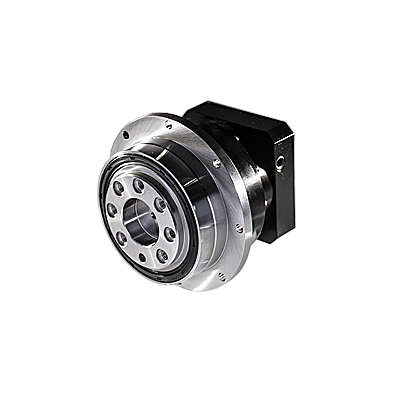


Oil leakage of the reducer is a common fault phenomenon in the use of equipment.
The key to ensuring the normal operation and prolonging the service life of the reducer is to correctly analyze and diagnose the causes of oil leakage of the reducer and take effective solutions.
Let's first analyze the common causes of oil leakage in the reducer. Only after understanding the causes can we formulate solutions:
① The inspection hole cover plate is too thin, which is easy to deform after tightening the bolts, resulting in uneven joint surface and oil leakage from the contact gap;
② In the manufacturing process of reducer, the casting is not annealed or aged, and the internal stress is not eliminated, so it is bound to deform and produce gap, resulting in leakage;
③ There is no oil return groove on the box, and the lubricating oil accumulates at the shaft seal, end cover, joint surface, etc., and leaks outward from the gap under the action of differential pressure;
④ The structural design of the shaft seal is unreasonable. The early reducers mostly used the oil groove and felt ring shaft seal structure. During assembly, the felt was compressed and deformed, and the gap of the joint surface was sealed. If the contact between the journal and the seal is not ideal, the seal will fail in a short time due to the poor compensation performance of the felt. Although there is an oil return hole on the oil ditch, it is easy to be blocked and the oil return function is difficult to play.
⑤ During equipment maintenance, oil leakage will also be caused due to incomplete removal of dirt on the joint surface, improper selection of sealant, reverse installation of seals, untimely replacement of seals, etc.
